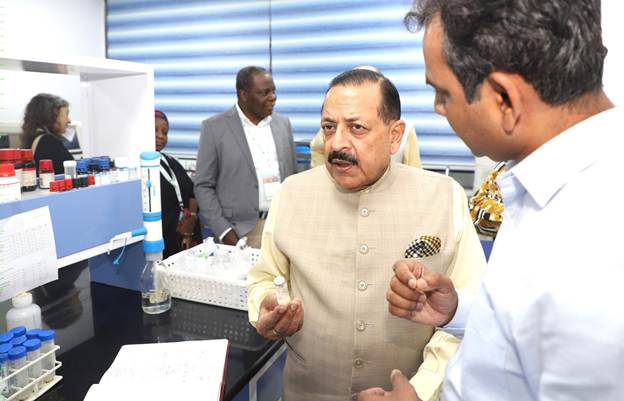
In a historic announcement Dr. Jitendra Singh, Union Minister of State (Independent Charge) for Science & Technology, MoS PMO, Department of Atomic Energy and Department of Space revealed that India is set to conduct its first-ever biological experiments aboard the International Space Station (ISS) to study the sustainability of Human life in Space, as an important initiative under the BioE3 Biotechnology policy launched by PM Narendra Modi.
These unique experiments, spearheaded by the Indian Space Research Organisation (ISRO) in collaboration with the Department of Biotechnology (DBT), will be carried out as part of the upcoming International Space Station (ISS) mission AXIOM-4, with Indian astronaut Group Captain Shubhanshu Shukla as a crew member.
Dr. Jitendra Singh shared that the first experiment at the International Space Station will examine the impact of microgravity and space radiation on the growth of edible microalgae, a nutrient-rich potential food source for long-duration space missions. Rich in proteins, lipids, and bioactive compounds, microalgae are promising for safe and sustainable space-based nutrition.
This project is a joint initiative of ISRO, NASA, and DBT and aims to analyze key growth parameters and changes in transcriptomes, proteomes, and metabolomes of different algal species in space, as compared to Earth-based controls. The results will help identify the most suitable microalgal species for use in space environments, he added.
Microalgae offer several key advantages that make them ideal candidates for sustaining life in space. They have an extremely short life cycle, with some species growing in as little as 26 hours, allowing for rapid biomass production. Their high photosynthetic efficiency enables them to absorb carbon dioxide and produce oxygen effectively, contributing to air revitalization in closed environments like spacecraft. Additionally, microalgae can generate a higher biomass yield in photobioreactors compared to traditional plants, making them a more efficient and space-saving option for producing food and oxygen during long-duration space missions.
Read more ...
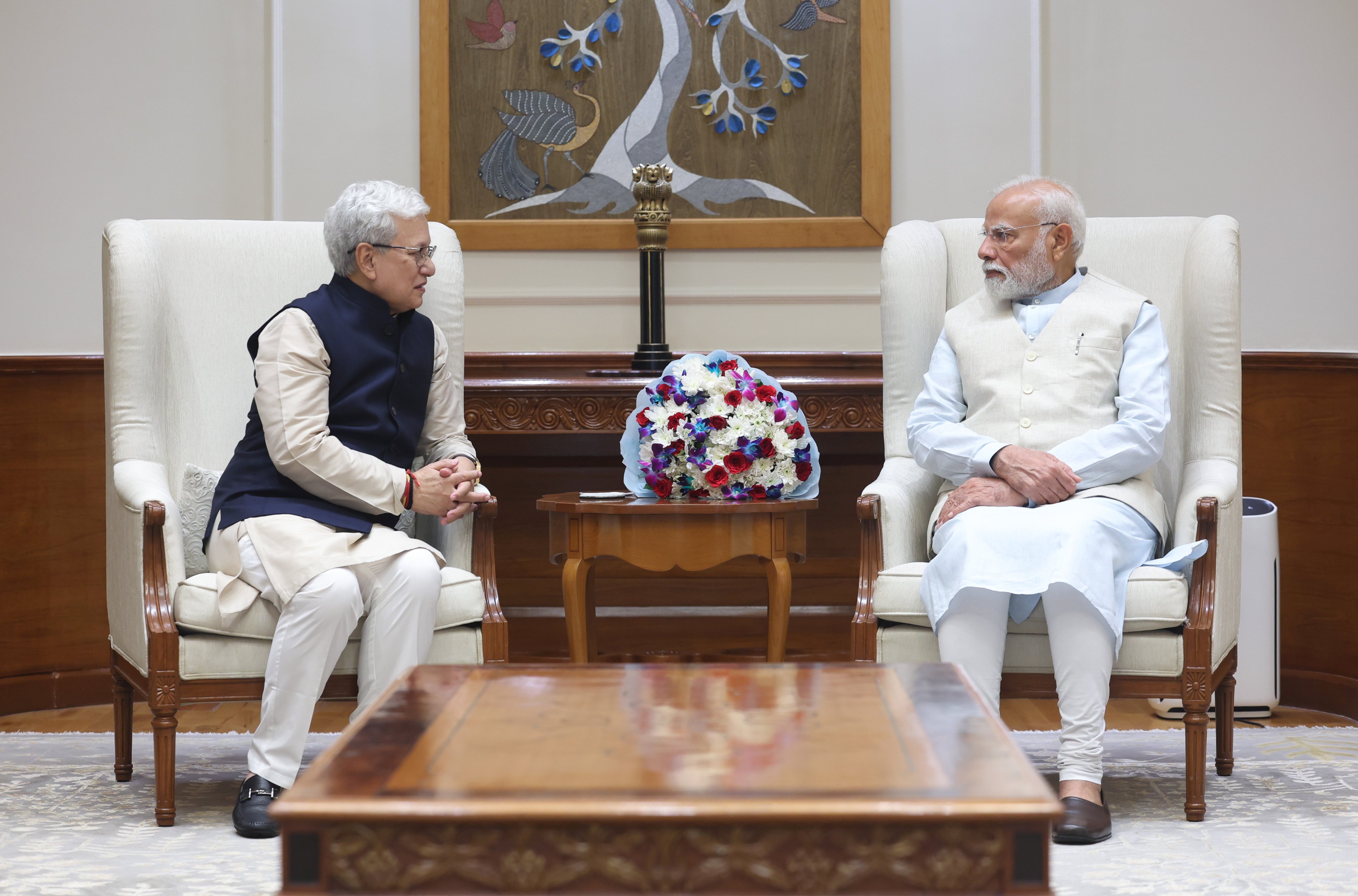
June 30, 2025
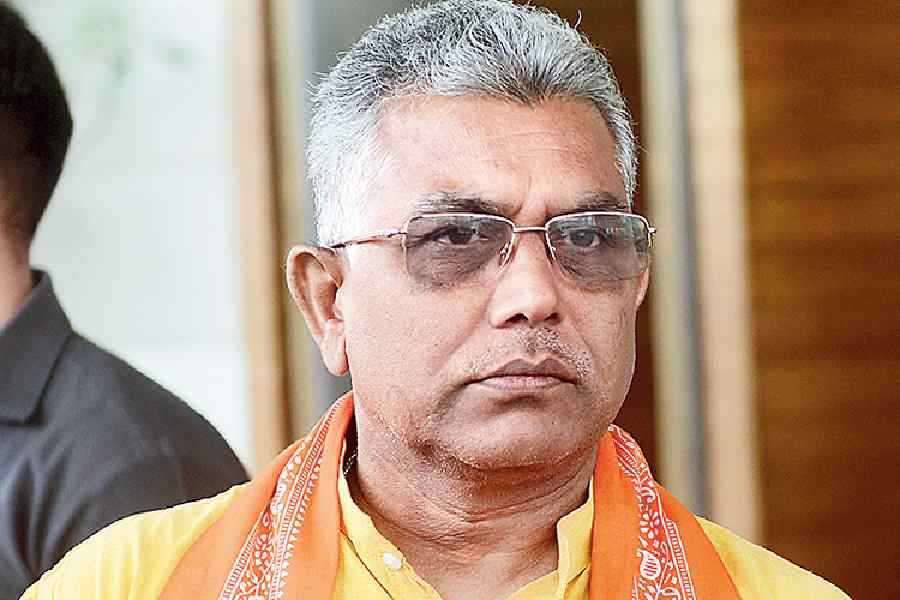
June 24, 2025

June 24, 2025

June 24, 2025

June 18, 2025

June 15, 2025
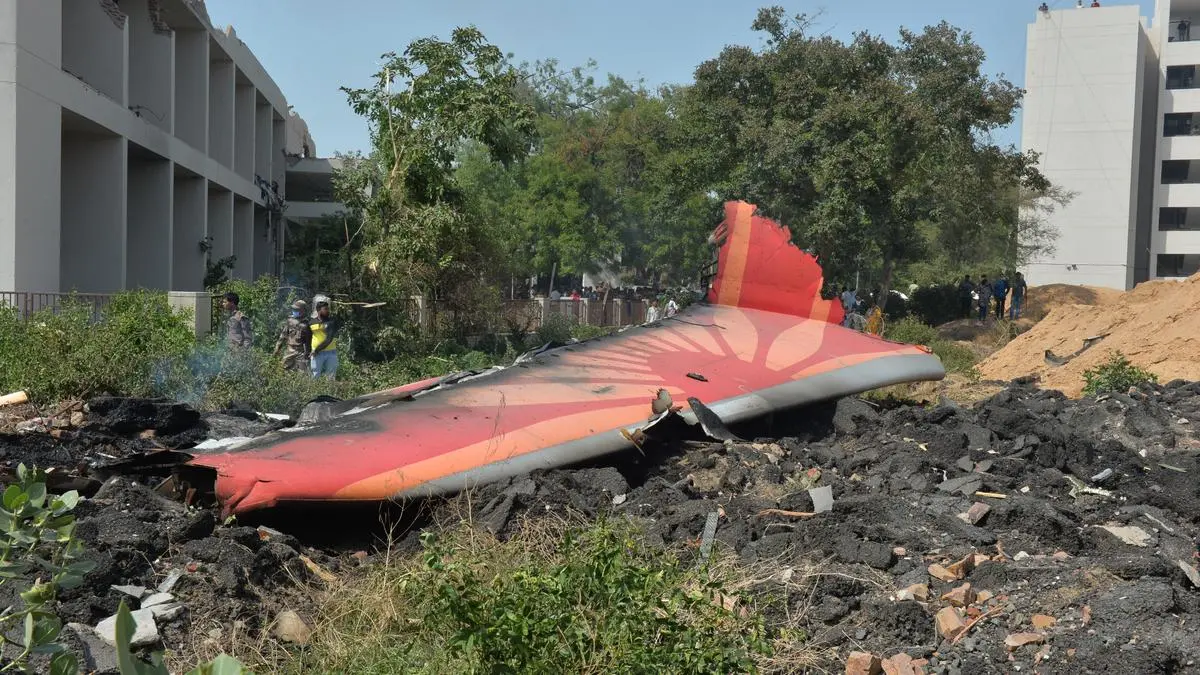
June 12, 2025

May 27, 2025
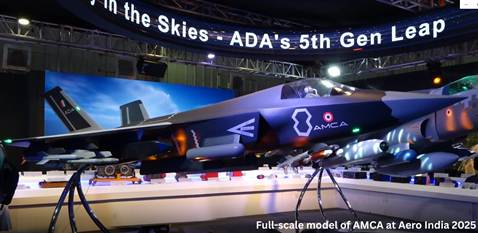
May 27, 2025

May 27, 2025

May 22, 2025

May 19, 2025

May 19, 2025
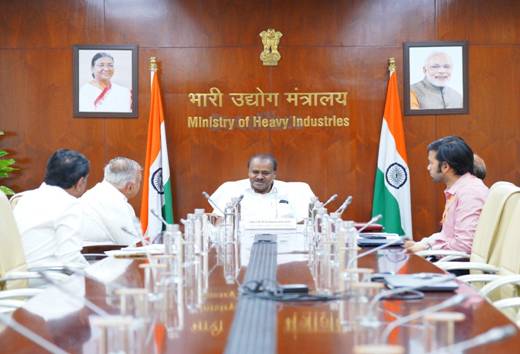
May 16, 2025


